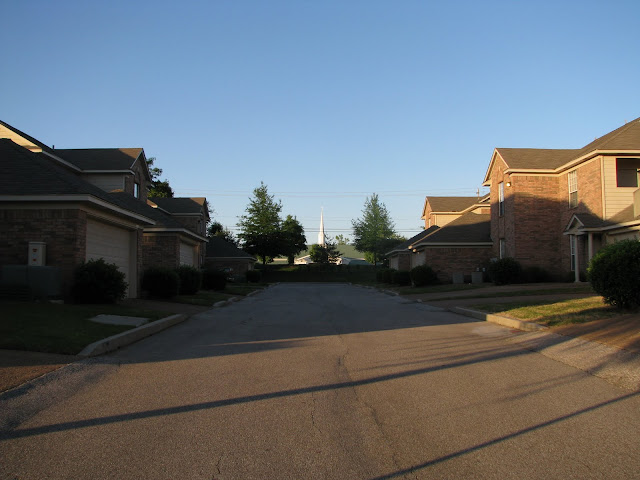| One of the aisles in Sam's Club |
Another puzzling characteristic of such aisles is the unpleasant eeriness and insecurity one can experience within an 'empty' aisle. By 'empty' I mean an aisle that is certainly occupied by the tall and filled shelves but devoid of a single customer or store-keeper. It is not just out of mere coincidence that I have had, more than one, unpleasant approaches from men in such circumstances. There have been several incidents starting from illicit begging for money to that of sexual assaults, such as this one where Cameron Aulner, a disabled employee in Walmart, tackled a suspected child molester within Walmart. In such situations these aisles are almost similar to a silent, empty, bad lit, public street where there is a high probability for one to be mugged! The presence of doors through which the victim as well as the perpetrator would have to exit the store and surveillance cameras watching all aisles, are two physical differences from a public street. Even though surveillance cameras provide evidence for investigations, they are insufficient to help, protect or react at the moment of crime. Hence, surveillance cameras and exit doors are not insurers of security.
As a victim of such unexpected events within a department store, I was introspective and considered being humbly dressed the next time I went into one. But then I realized that, maybe, it was not my personality or actions that welcomed such approaches from anybody. I realized that the space within the 'empty' aisles was conducive to such perpetrators; the absence of people in the immediate environment encouraged them to get into their act! Well, it may not be always possible to shove a huge crowd into all of these stores everyday! But it is always possible to rearrange the layout of the shelves so as to create an illusion of surveillance. Minor changes like reducing the heights of the shelves, arranging the aisles radially to face a central cash counter, maybe using a second floor altogether than just increasing the heights of shelves, etc would increase visibility between aisles and hence discourage anybody from getting into 'their act'!
I have to admit that the availability of almost everything in one department store is such a blessing. However, the number of such unfortunate incidents is increasing everyday and they happen not out of bad luck! Ensuring security within department stores is as challenging as ensuring the same outside.










